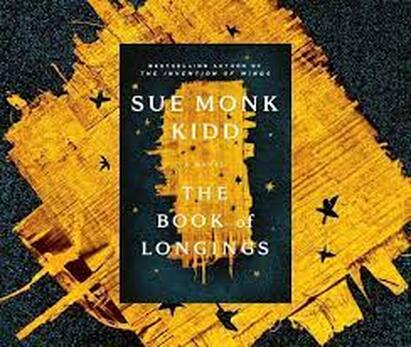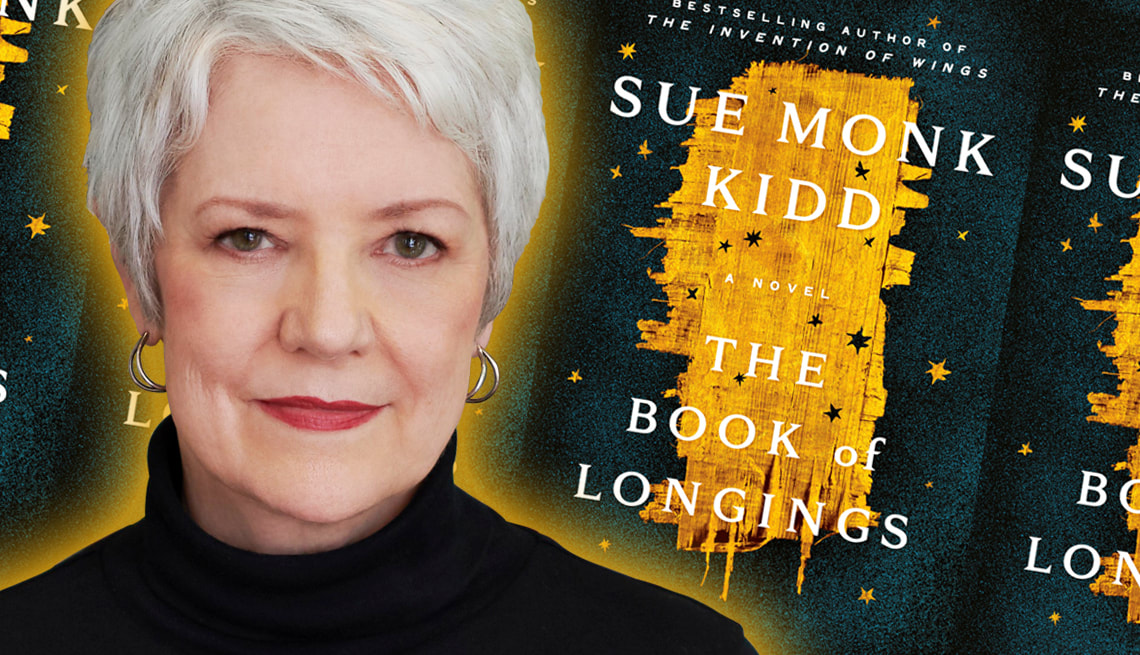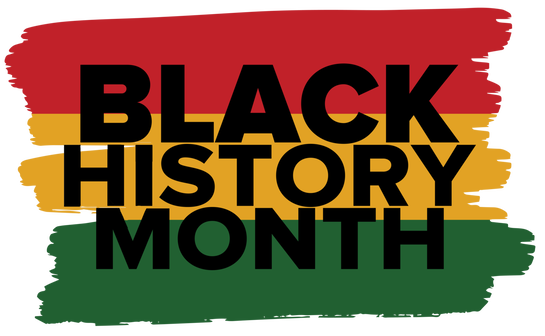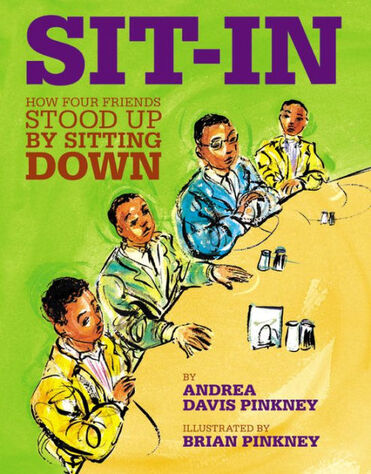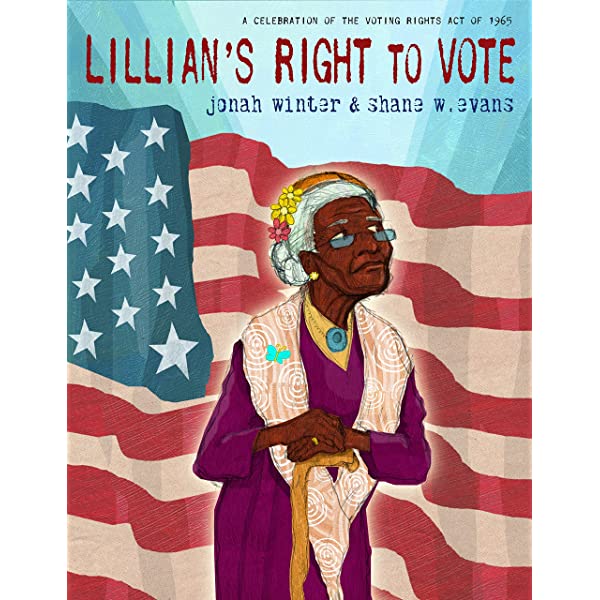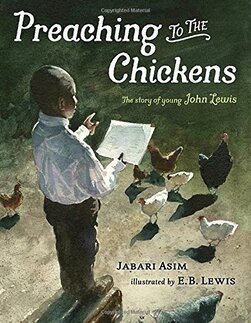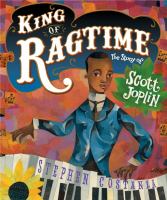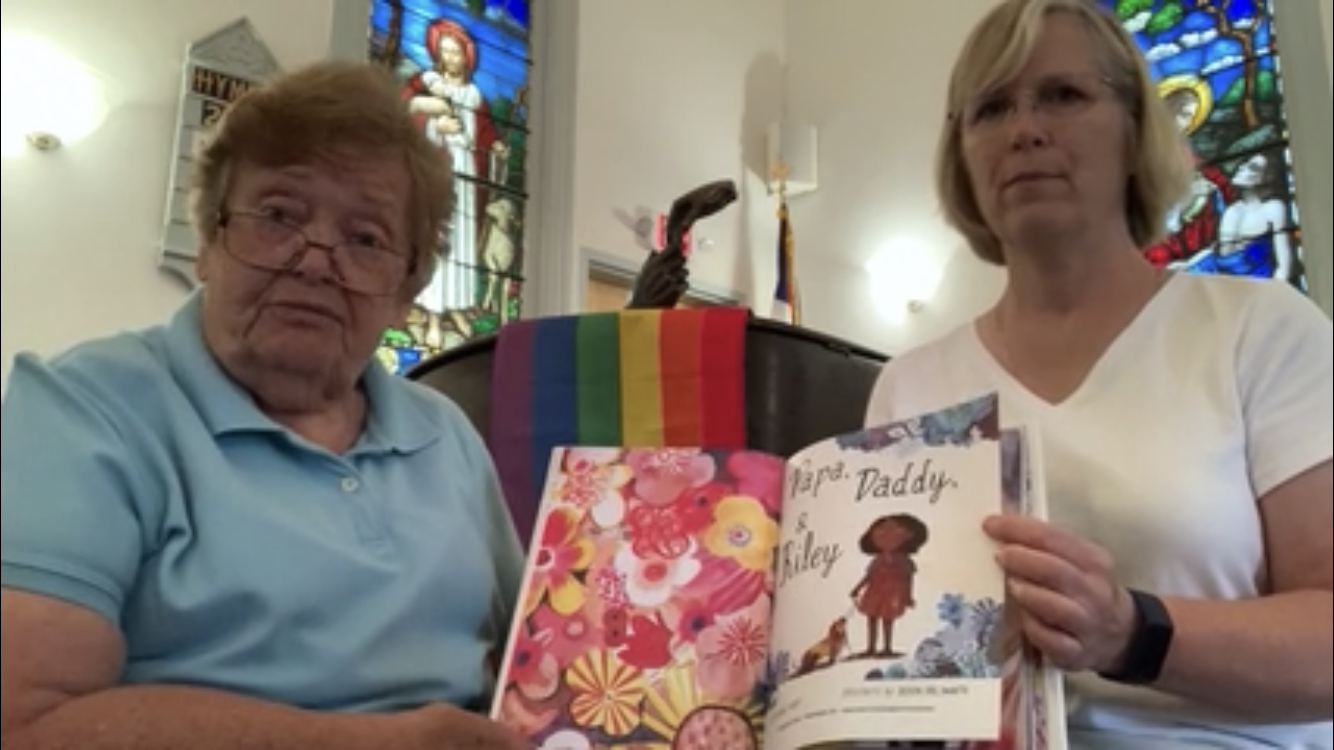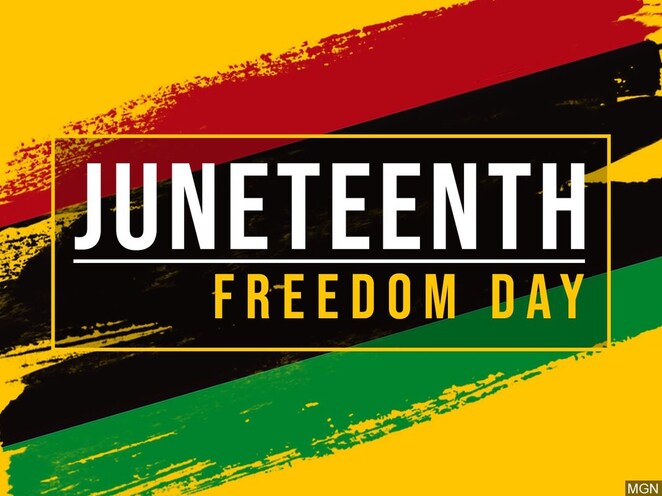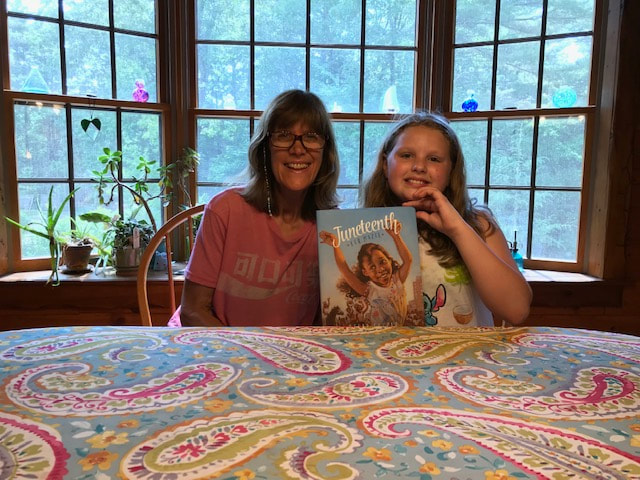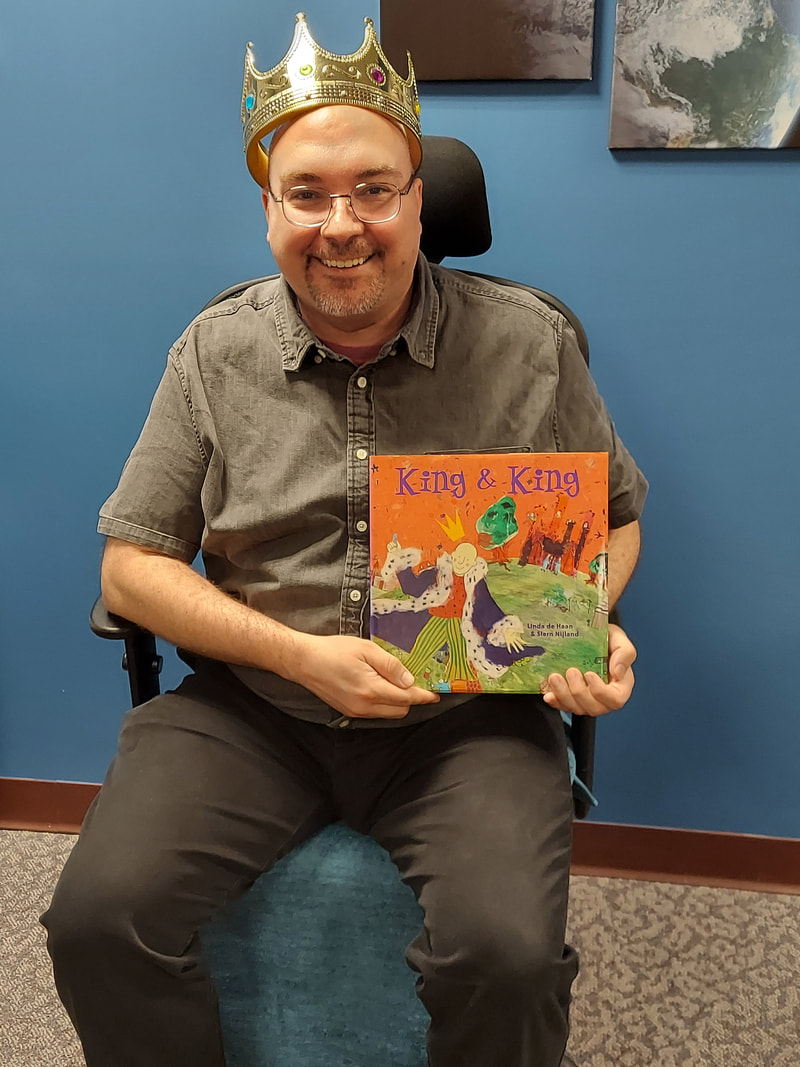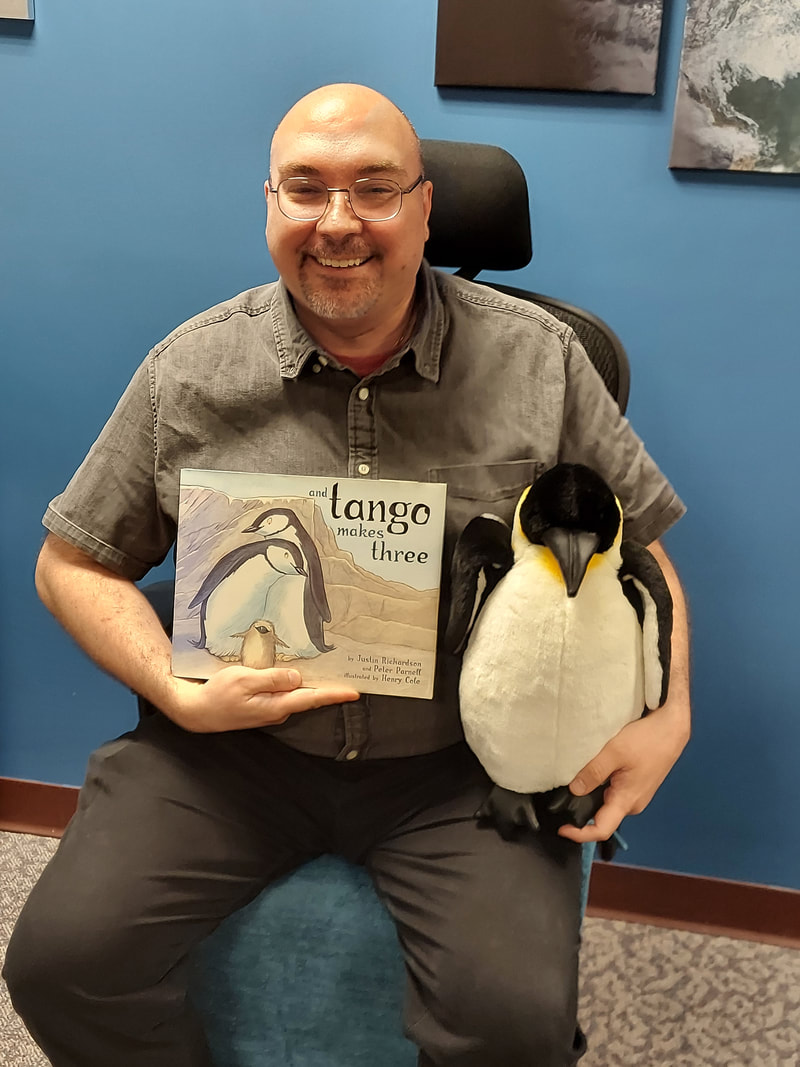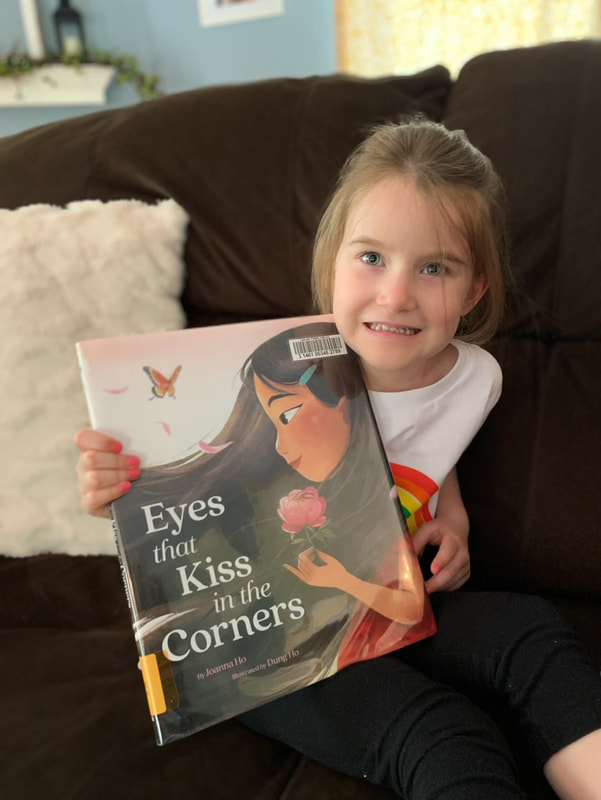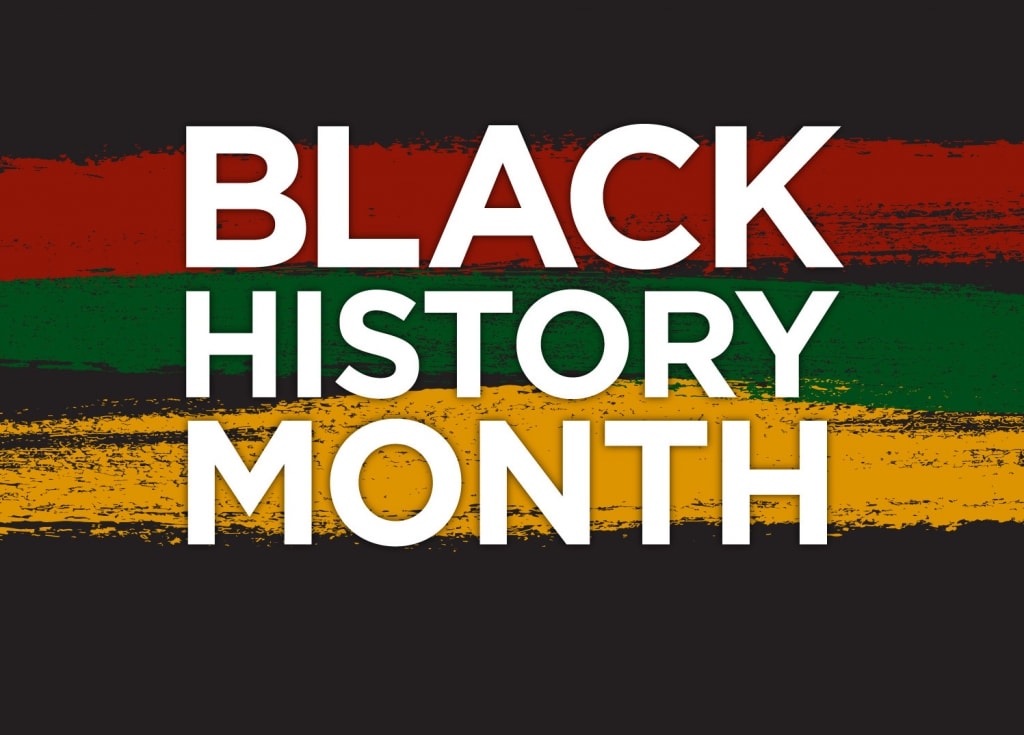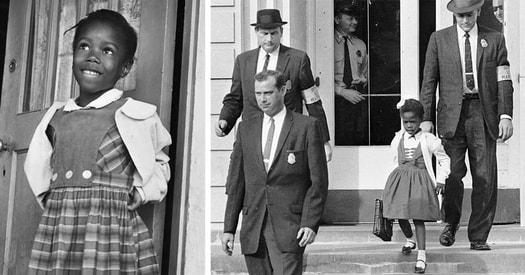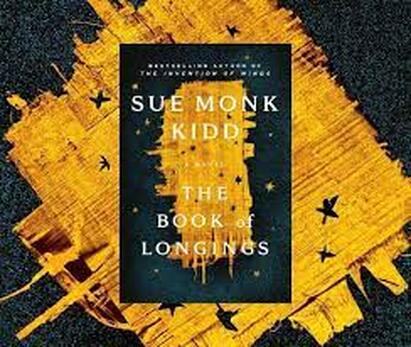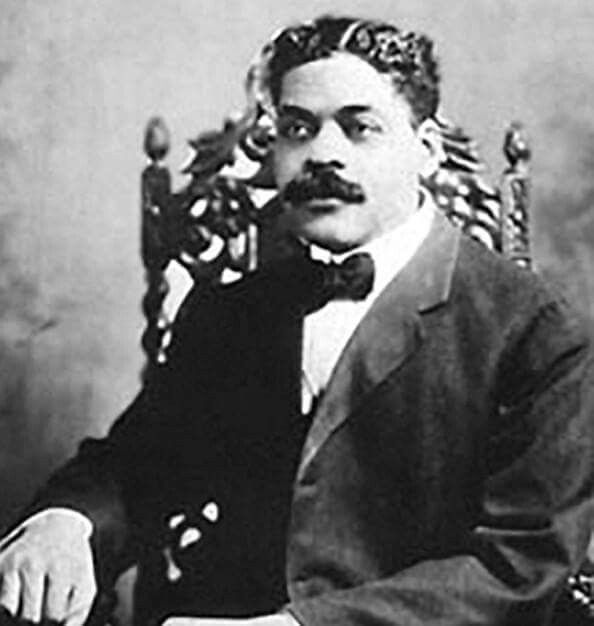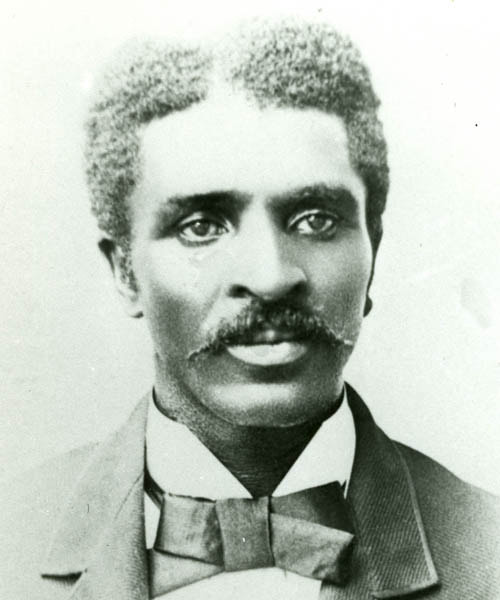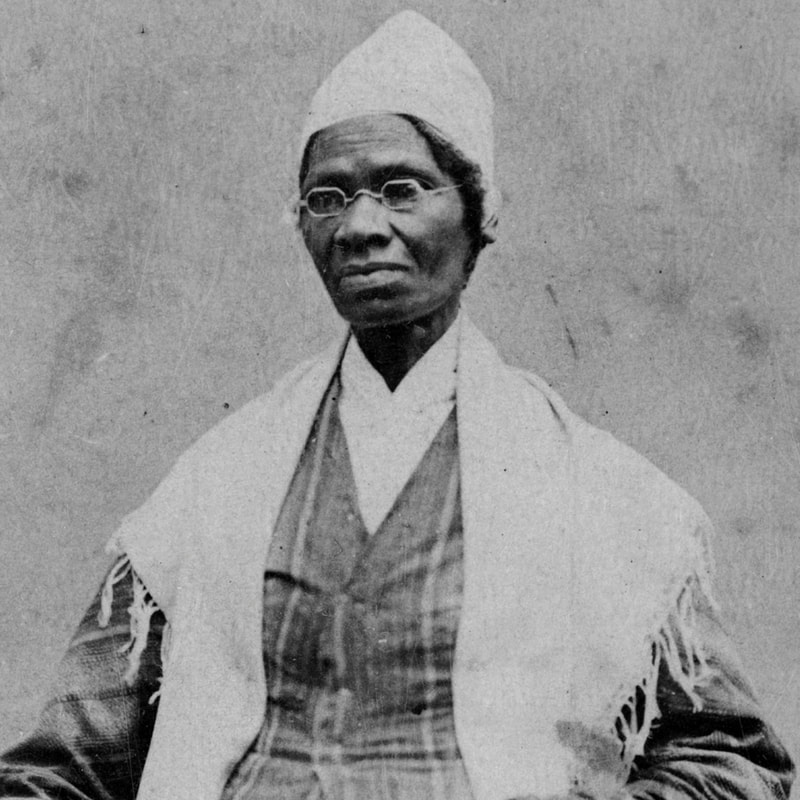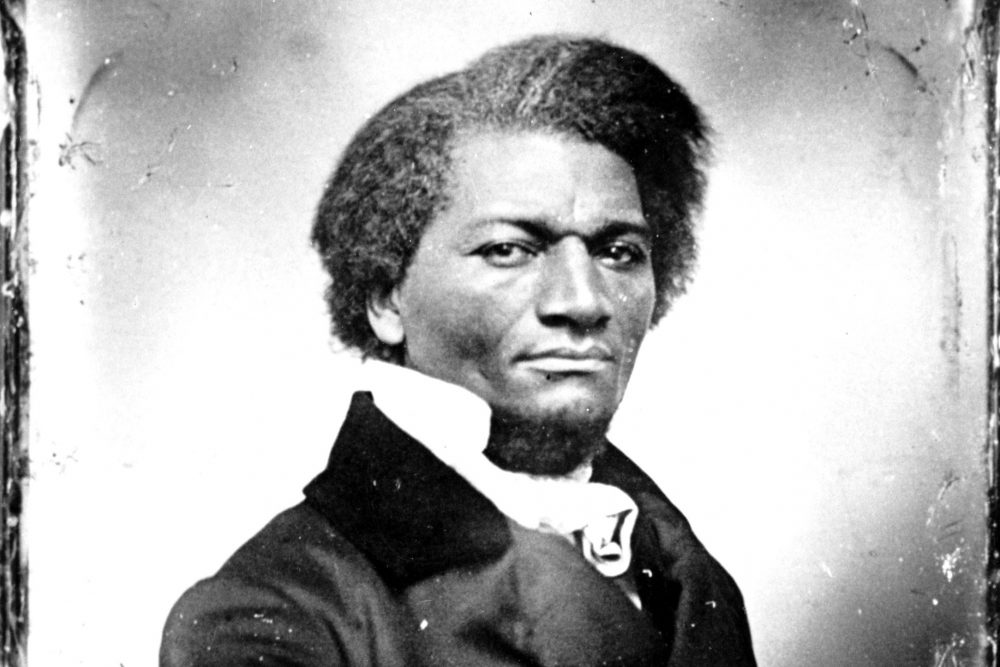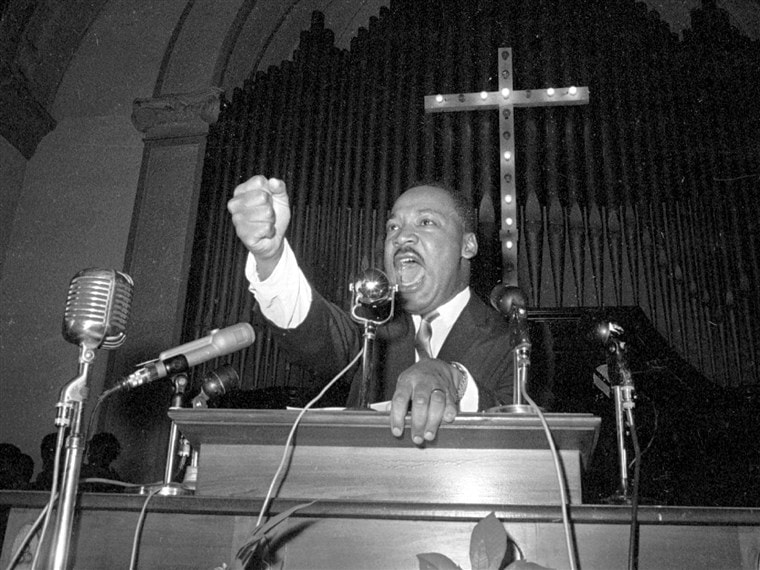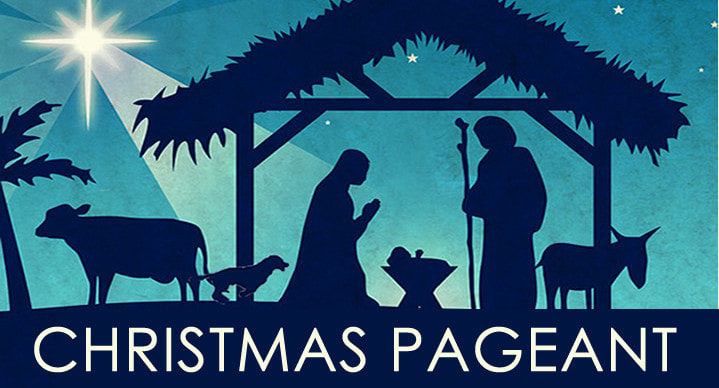Native American Heritage Month
Our Friends Violet and Amelia read Giving Thanks: A Native American Good Morning Message
by Chief Jake Swamp Illustrated by Erwin Printup
by Chief Jake Swamp Illustrated by Erwin Printup
Berean's Lenten Book Club
|
The Christian Education Committee invites you to join our new Berean Book Club (BBC). The club will be meeting quarterly to discuss a book. The BBC will be kicking off the fun with a Lenten theme, and its first selection will be The Book of Longings by Sue Monk Kidd. Many of you might know her from previous novels such as The Mermaid Chair or The Secret Life of Bees. This is an interesting look at the ministry of Jesus from a very different perspective.
A first-century intellectual fights the limitations imposed on women before an encounter with an 18-year-old Jesus leads to their marriage, his dangerous public ministry, and her flight to safety in Alexandria. The group will meet to discuss this title on Tuesday, April 5 at 7:00 pm. The session will take place in hybrid format, allowing you to join us in person or virtually via Zoom. If you would like to participate, please contact Aaron Coutu at [email protected] or 401-215-3279. Those interested in participating in the group can borrow a free copy of the book at the Jesse M. Smith Memorial Library with their OSL library card. If you don’t have a library card, you can get one with your RI proof of residency, such as a RI Driver License or other photo ID along with a piece of mail from your current home address. Copies of the book will also be available in large print and audio CD formats. |
Sit In : How Four Friends Stood Up By Sitting Down
by Andrea Davis Pinkney, Illustrated by Brian Pinkney
read by our friend Avery Covino
This picture book is a celebration of the 50th anniversary of the momentous Woolworth’s lunch counter sit-in, when four college students staged a peaceful protest that became a defining moment in the struggle for racial equality and the growing civil rights movement.
Andrea Davis Pinkney uses poetic, powerful prose to tell the story of these four young men, who followed Dr. Martin Luther King Jr.’s words of peaceful protest and dared to sit at the “whites only” Woolworth’s lunch counter.
summary found on littlebrownlibrary.com
read by our friend Avery Covino
This picture book is a celebration of the 50th anniversary of the momentous Woolworth’s lunch counter sit-in, when four college students staged a peaceful protest that became a defining moment in the struggle for racial equality and the growing civil rights movement.
Andrea Davis Pinkney uses poetic, powerful prose to tell the story of these four young men, who followed Dr. Martin Luther King Jr.’s words of peaceful protest and dared to sit at the “whites only” Woolworth’s lunch counter.
summary found on littlebrownlibrary.com
|
Part 1
|
Part 2
|
|
|
|
Lillians Right to Vote
A Celebration of the Voting Rights Act of 1965
Read by Deb Tillinghast, this story by Jonah Winter, illustrated by Shana W. Evans tells the story of
'An elderly African American woman, en route to vote, remembers her family’s tumultuous voting history in this picture book publishing in time for the fiftieth anniversary of the Voting Rights Act of 1965.' (ncgs.org)
'An elderly African American woman, en route to vote, remembers her family’s tumultuous voting history in this picture book publishing in time for the fiftieth anniversary of the Voting Rights Act of 1965.' (ncgs.org)
Preaching to the Chickens
Anna Collins reads Preaching to the Chickens: The Story of Young John Lewis written by Jabari Asim and illustrated by E.B. Lewis
Check out this Brief Biography of Scott Joplin by Liberty Park Music for more info about this great composer.
Bullets & Bulletins:Black Activism in Civil War Era Rhode Island
The Rhode Island State Archives recently created this engaging virtual exhibit to showcase an in-person exhibit from 2017 that examined Blac activism in the state through the service of Black soldiers in the Civil War while ordinary citizens advocated or equal rights.
We March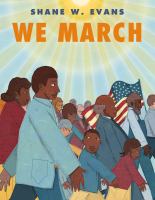
Violet & Amelia Palmer share We March by Shane W. Evans, which presents the events of the 1963 march on Washington, D.C.
Learn more about the March on Washington with this MicroDoc from Time magazine. |
|
|
|
Strange FruitBillie Holiday helped change the world with her song "Strange Fruit." Aaron Coutu reads Strange Fruit: Billie Holiday and the Power of a Protest Song by Gary Golio with illustrations by Charlotte Riley-Webb. Like the song, the book deals with some tough topics.
If you would like to know more about Billie Holiday, you can check out this Mini-Bio by Biography.com or a full documentary by BBC4. Visit the Legacy Museum to learn more about what Ms. Holiday is singing and check out the Lynching Memorial at the museum |
3 Poems by Langston HughesCheck out three amazing poets by the great Langston Hughes, as read by Ann Harwood.
If you would like to learn more about Langston Hughes, visit this great piece on poets.org, which has a brief biography and more poems. |
|
|
|
Mae Among the StarsMae Among the Stars, written by Rhoda Ahmed, illustrated by Stasia Burrington and published by HarperCollins is the story of Mae Jemison, the first African American Woman to travel in space.
It is read to us by April Beth Pearce If you would like to learn more about Dr. Jemison, follow this link for a series of short video's by her.
|
Martin's Big WordsAaron Coutu reads Martin Big Words by Doreen Rappaport, illustrated by Bryan Collier
and published by Little, Brown Books for Young Readers a biography of Rev. Dr. Martin Luther King Jr, includes the words from some of his most famous sermons/speeches |
|
More Pride
at BBC
Berean Members Nancy Binns and Kelly Hunt read Papa, Daddy and Riley
a story about a girl with two fathers.
Written by Seamus Kirst and Illustrated by Devon Holzworth
a story about a girl with two fathers.
Written by Seamus Kirst and Illustrated by Devon Holzworth
|
Christian Ed hosting Juneteenth strawberry delight after worship this Sunday June 20 for a small gathering in Granger-Hall Auditorium. Menu: strawberry soda, strawberry seltzer, fresh strawberries and red velvet cupcakes. Keep cool and carry on! 🌸Christian Ed Angels |
Juneteenth is the oldest known celebration honoring the end of slavery in the United States.
On June 19, 1865, Union General Gordon Granger led thousands of federal troops to Galveston, Texas to announce that the Civil War had ended, and slaves had been freed. Approximately 250,000 Texan slaves had no idea that their freedom had been secured by the government. However, the history of freedom in this country can be tangled, and this is no exception. Here are nine facts about the historical moment, and what led up to it: 1. You may recall Abraham Lincoln’s Emancipation Proclamation from elementary social studies classes. In the condensed version, many learn that this executive order meant immediate freedom for slaves throughout the nation. However, since the country was in the midst of the Civil War, those states that had seceded from the Union did not adhere to the Proclamation, and slaves in those states remained unfree. 2. Though much of the language in the Emancipation Proclamation suggests otherwise, Lincoln’s primary objective was not to ameliorate the lives of those in bondage. Rather, his intent was preserving the Union. In August 1862, Horace Greely, the editor of the New York Tribune, published an editorial addressed to Lincoln pressuring his stance on slavery and urging him to abolish it. Lincoln responded in an open letter to Greely, published in the Tribune that same August: “My paramount object in this struggle is to save the Union and is not either to save or destroy Slavery,” Lincoln wrote. “What I do about Slavery and the colored race, I do because I believe it helps to save this Union...” 3. Lincoln and the Union army used slavery as a political motive to justify strengthened military endeavors against the Confederacy. Black soldiers were able to fight for the Union when Lincoln passed the Proclamation. Though they faced discrimination and often performed menial roles because of presumed incompetence, they increased the Union army in size. 4. The Civil War ended in April of 1865. In June of that year, General Gordon Granger and his troops traveled to Galveston, Texas to announce “General Orders No. 3” It stated: “The people of Texas are informed that, in accordance with a proclamation from the Executive of the United States, all slaves are free. 5. Throughout the war, Texas was not as closely monitored as other battle states. For this reason, many slave owners went to Texas with their slaves. With its relatively negligible Union presence, slavery continued there for much longer. After the Emancipation Proclamation went into effect, slaves in wartorn states often escaped behind Union lines or fought on its behalf 6. The slaves who got the news were jubilant to hear of their freedom on Juneteenth. In the book, “Lone Star Pasts: Memory and History in Texas,” Felix Haywood, a former slave who gave a testimony about Juneteenth as part of a New Deal project recalled: "The end of the war, it come jus’ like that—like you snap your fingers….Hallelujah broke out….Soldiers, all of a sudden, was everywhere—comin’ in bunches, crossin’, walkin’ and ridin’. Everyone was a-singin.’ We was all walkin’ on golden clouds….Everybody went wild...We was free. Just like that we was free.” 7. Freedom did not come at the “snap of a finger” for everyone in Texas. Some people who should’ve been freed continued to work through the harvest season because their masters withheld this announcement to reap more wages out of their slaves. This left many former slaves treated as though they were still in bondage. In “Lone Star Pasts” Susan Merritt reported: “Lots of Negroes were killed after freedom ...bushwhacked, shot down while they were trying to get away. You could see lots of Negroes hanging from trees in Sabine bottom right after freedom." 8. In the 1870s, a group former slaves pooled $800 together through local churches to purchase ten acres of land and create Emancipation Park to host future Juneteenth celebrations in modern-day Houston. 9. In 1980 “Emancipation Day in Texas” became a legal state holiday in recognition of Juneteenth. However state offices do not completely close, as it is considered a "partial staffing holiday." Elsewhere, the holiday is also referred to as Emancipation Day, Freedom Day, and Black Independence Day. source https://www.wrcbtv.com/story/42268078/9-things-to-know-about-the-history-of-juneteenth |
Berean Celebrates Pride
Our Friend Aaron reading King and King
Our Friend Aaron reading And Tango Makes Three
Antiracist Baby by Ibram X. Kendi
read by Lauren and Andrew Capron
Hidden Figures
the true story of four black women and the space race
by
Margot Lee Shetterly with Winifred Conkling
read by Aaron Coutu
Ruby Bridges
presented by Deb Tillinghast
presented by Deb Tillinghast
for more information visit these links
Daisy Bates & Bessie Coleman
presented by Joel Rawson
to learn more...
|
|
|
and follow these links
thekidshouldseethis.com/post/bessie-coleman-the-first-female-african-american-pilot
thekidshouldseethis.com/post/bessie-coleman-the-first-female-african-american-pilot
|
Ida B Wells
presented by Ann Harwood |
For more information of Ida B. Wells
www.nps.gov/people/idabwells.htm |
|
Arturo Alfonso Schomburg
presented by Aaron Coutu If you would like more information on Arturo Schomburg and the Schomburg Center you can watch these two videos
|
|
George Washington Carver
presented Ashley Palmer along with Violet & Amelia !!!
presented Ashley Palmer along with Violet & Amelia !!!
|
To learn more about G.W. Carver visit this link
History & Culture - George Washington Carver National Monument (U.S. National Park Service) (nps.gov) |
Janeen Rawson reading about Sojourner Truth and Frederick Douglass
|
Follow these links for more info on
Sojourner Truth kids.nationalgeographic.com/explore/history/african-american-heroes/sojourner-truth/ Follow these links for more info on Frederick Douglass
|
|
